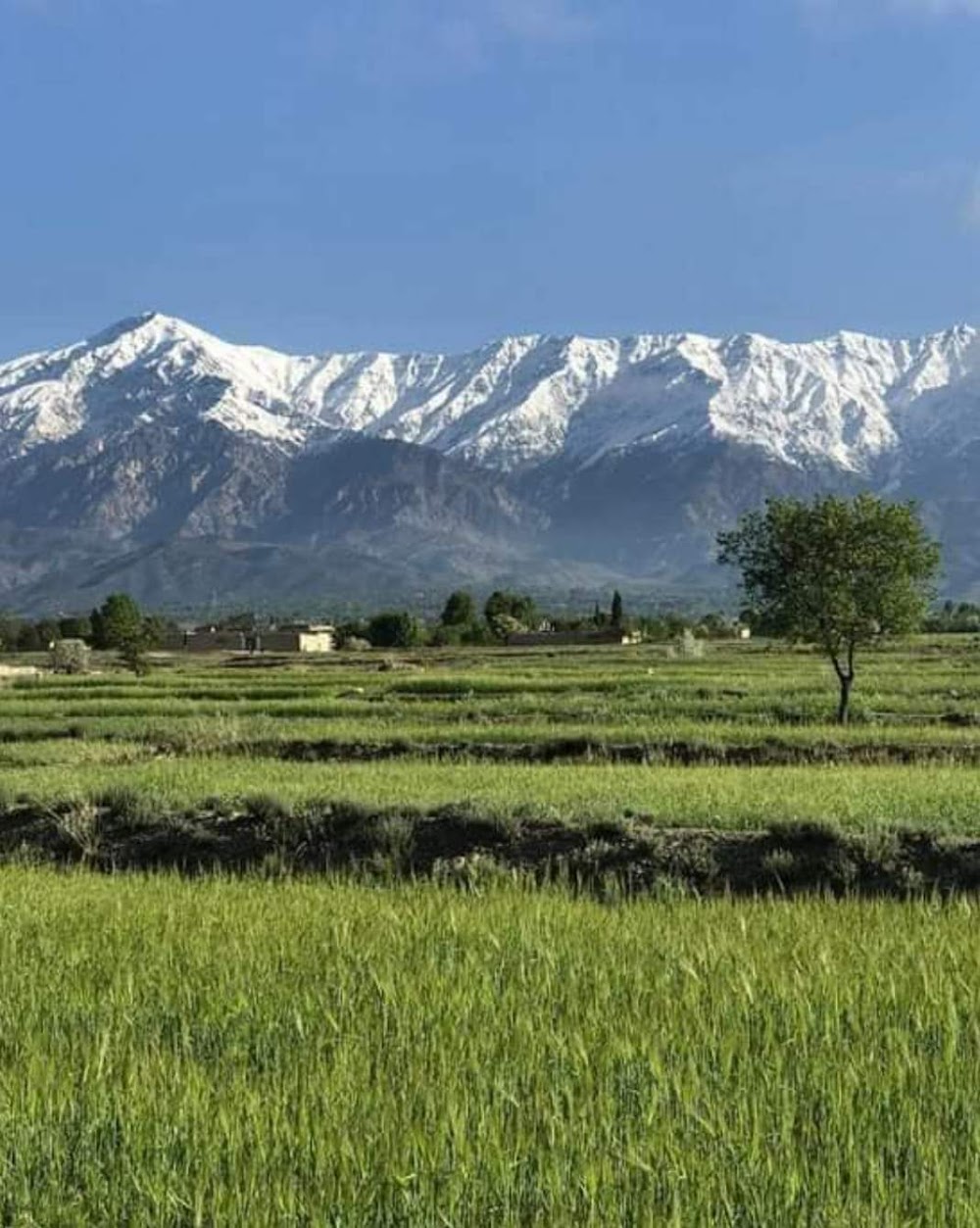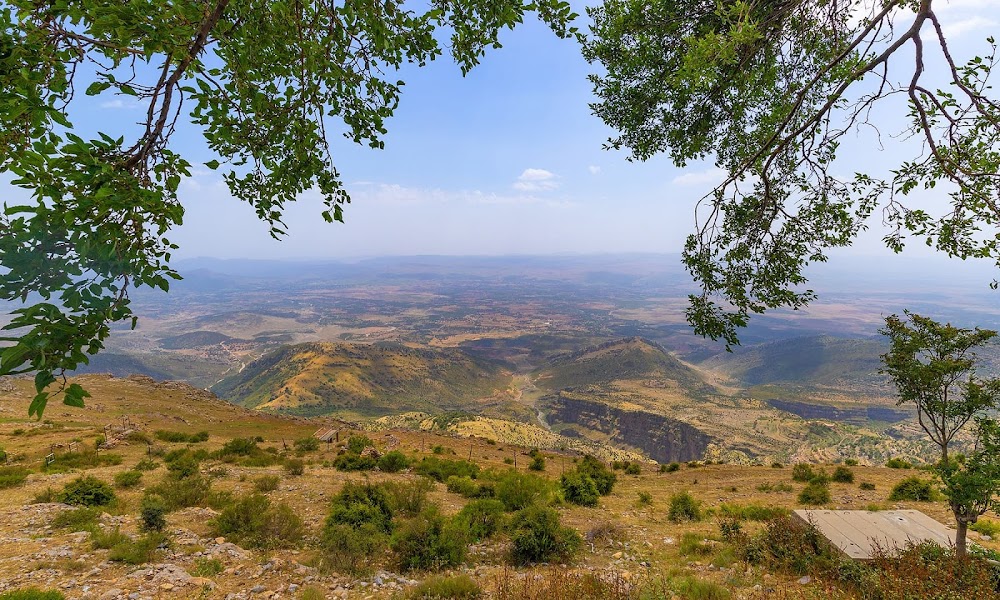Spīn Ghar (سپين غر)
Overview
Introduction to Spīn Ghar
Spīn Ghar, often referred to as the White Mountains, is a stunning mountain range nestled in Nangarhar Province, Afghanistan. These majestic mountains are not only a natural wonder but also a site rich in historical, cultural, and geographical significance for the region and its inhabitants.
Geological Origins
The story of Spīn Ghar’s formation stretches back millions of years, shaped by monumental tectonic movements. The collision of the Indian Plate with the Eurasian Plate pushed the earth’s crust skyward, giving rise to these towering peaks. Over time, the relentless forces of erosion—by wind, water, and other natural elements—have sculpted Spīn Ghar into its rugged yet breathtaking form, characterized by sharp summits and deep valleys.
Mount Sikaram: The Crown Jewel
At the heart of this mountain range lies its highest peak, Mount Sikaram, soaring to an impressive height of approximately 4,755 meters (15,597 feet) above sea level. This elevation bestows Spīn Ghar with its iconic snow-capped look, particularly during the winter months, thus earning its nickname, the White Mountains.
Historical Significance
Spīn Ghar has been a silent witness to numerous historical events, serving as a natural barrier and a strategic military location for various civilizations throughout history. From the Indo-Greek Kingdoms and the Mauryan Empire to more recent conflicts in the 20th and 21st centuries, this mountain range has played a pivotal role in shaping local warfare strategies, underscoring its importance as a geographical landmark.
Cultural Heritage
Beyond its physical beauty, Spīn Ghar holds profound cultural significance for the local communities. Various tribes and ethnic groups have thrived in this mountainous terrain for centuries, developing unique traditions and lifestyles that are intimately connected to the environment. These communities engage in pastoralism and agriculture, showcasing intricate knowledge of their natural surroundings.
Diverse Ecosystem
The flora and fauna of Spīn Ghar are as diverse as they are resilient, with the lower slopes blanketed in lush forests that transition into alpine meadows and rocky outcrops at higher altitudes. Wildlife such as the elusive snow leopard, brown bear, and various mountain goats have adapted to thrive in this cold and rugged environment, making it a vital area for biodiversity.
Environmental Preservation
In recent years, Spīn Ghar has become a focal point for environmental preservation efforts. Recognizing the region's ecological importance, local and international organizations are collaborating to conserve its unique biodiversity and mitigate the effects of climate change. These initiatives aim to protect the natural habitat of this majestic mountain range for future generations.
Adventure Awaits
For visitors, Spīn Ghar offers an awe-inspiring experience with its vast landscapes and breathtaking vistas. Trekkers and adventurers are captivated by the challenging trails that wind through the mountains, providing both inspiration and a humbling perspective on nature's grandeur. Moreover, the serene environment allows for a much-needed escape and a chance to connect with a less-explored corner of the world.
Conclusion
In summary, Spīn Ghar in Nangarhar, Afghanistan, stands as a testament to the power and beauty of natural forces. With its geological marvels, historical depth, and cultural richness, it has carved out a lasting legacy, making it an indelible part of Afghanistan’s stunning landscape. Whether you seek adventure, tranquility, or a deeper understanding of this remarkable region, Spīn Ghar promises an unforgettable experience.






